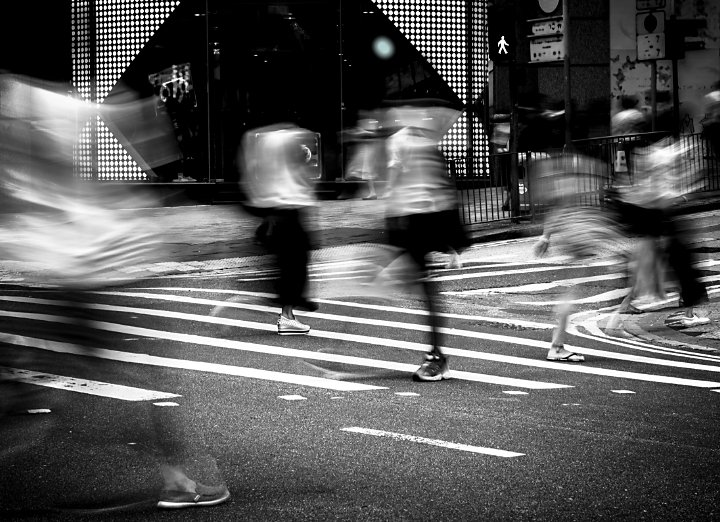Indicators on Framing Streets You Should Know
Indicators on Framing Streets You Should Know
Blog Article
4 Easy Facts About Framing Streets Shown
Table of ContentsGetting My Framing Streets To WorkFacts About Framing Streets RevealedEverything about Framing StreetsWhat Does Framing Streets Do?Unknown Facts About Framing StreetsSome Known Questions About Framing Streets.
Photography style "Crufts Canine Show 1968" by Tony Ray-Jones Road digital photography (also in some cases called candid photography) is photography carried out for art or questions that includes unmediated possibility encounters and arbitrary cases within public places, generally with the objective of catching photos at a decisive or poignant minute by careful framing and timing. 
, that was influenced to carry out a comparable documents of New York City. As the city developed, Atget assisted to advertise Parisian roads as a deserving topic for photography.

The Facts About Framing Streets Revealed
The chief Mass-Observationists were anthropologist Tom Harrisson in Bolton and poet Charles Madge in London, and their very first report was created as the publication "May the Twelfth: Mass-Observation Day-Surveys 1937 by over two hundred onlookers" [] Window cleaner at Kottbusser Tor, Berlin, by Elsa Thiemann c. 1946 The post-war French Humanist College professional photographers discovered their subjects on the street or in the diner. Between 1946 and 1957 Le Groupe des XV every year exhibited job of this kind. Andre Kertesz. Circus, Budapest, 19 May 1920 Street photography formed the major web content of 2 exhibitions at the Museum of Modern Art (Mo, MA) in New york city curated by Edward Steichen, 5 French Digital Photographers: Brassai; Cartier-Bresson, Doisneau, Ronis, Izis in 1951 to 1952, and Post-war European Photography in 1953, which exported the principle of street photography globally.

Little Known Facts About Framing Streets.
, then an instructor of young youngsters, connected with Evans in 193839.'s 1958 publication,, was significant; raw and usually out of emphasis, Frank's photos questioned conventional photography of the time, "challenged all the official regulations laid down by Henri Cartier-Bresson and Pedestrian Evans" and "flew in the face of the wholesome pictorialism and heartfelt photojournalism of American magazines like LIFE and Time".
Report this page